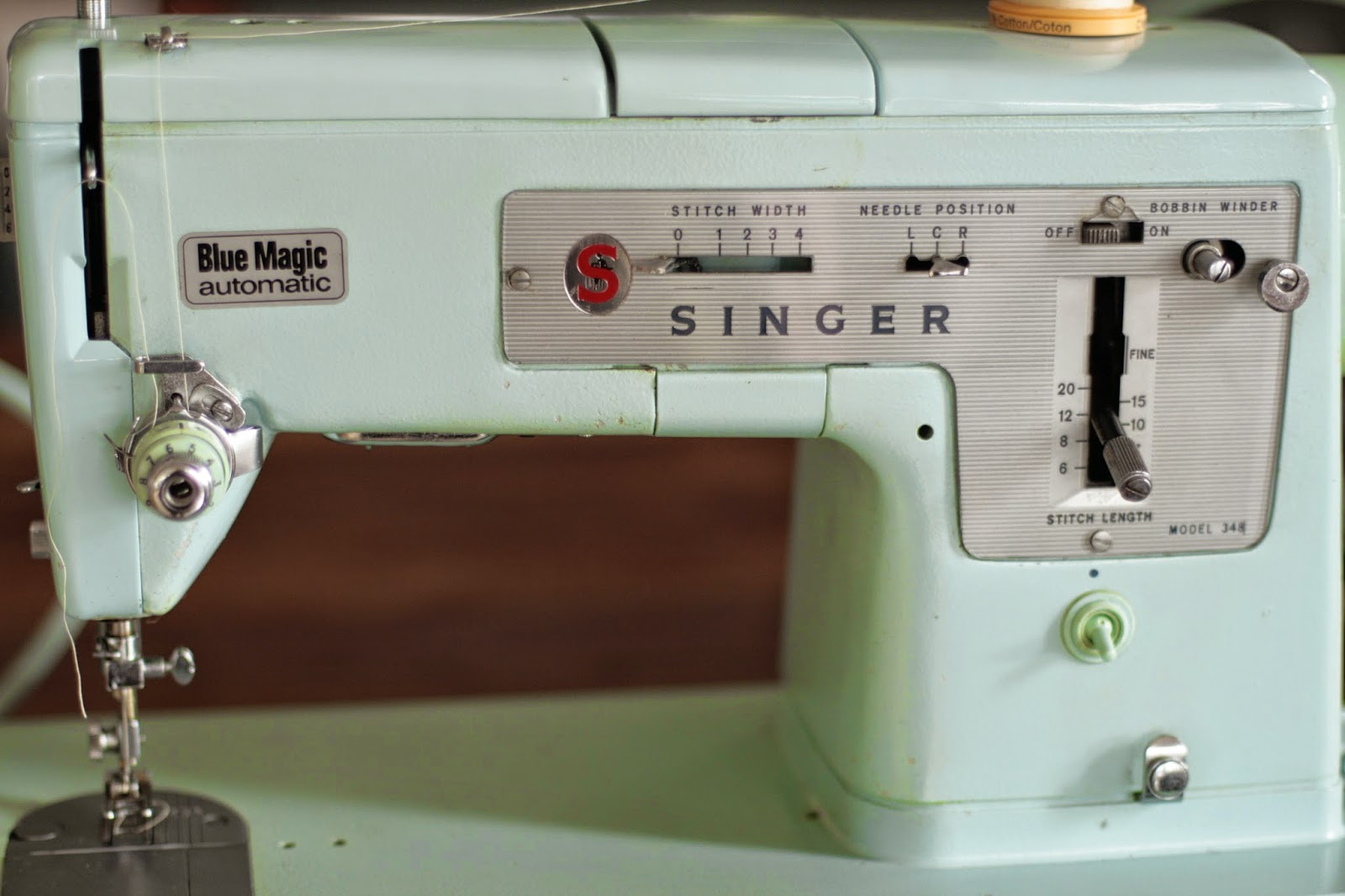Fabric Friday: Linen
Perhaps our absolute favourite fabric fibre here at The Drapery is linen. Since we opened our store in April 2013 we have had beautiful linens from Lithuania as a large proportion of our stock. We're so pleased with how our customers have taken to them and it seems every time we order, we are able to bring in larger quantities and greater variety.
As a garment fabric, linen is ideally suited to the Australian climate. It's cool and breathable, and absorbs perspiration. It's easy to wash and line-dry. Iron with plenty of heat and steam, but don't be too fussy because once you've thrown it on any residual creases will just become part of the rumpled linen elegance that we love.
For fact-lovers, here's a bunch of information from the report 'Barometer of European Flax 2015' by the CELC - Confédération Europeénne Du Lin Et Du Chanvre (The European Confederation of Linen and Hemp):
At The Drapery we sell 'washed' and 'loomstate' linens. Loomstate is exactly that - the woven fabric, untreated, straight from the loom. Unless we state that a linen in washed, it will be loomstate.
'Washed' linens like the one below are put through an enzyme washing process which softens the fibres and produces a very drapey, gently rumpled finish. It is important to note that after some washing and wearing, garments made from any of our linens will achieve this softness. The threads will fluff up and plump out a bit, so fabrics become a bit more opaque with washing as the fibres fill in the tiny gaps in the weave. If you want that look and feel straight away, choose a 'washed' linen.
Each time you wash your linen it will regain some of its stiffness. Don't be concerned when you bring your pre-washed fabric or washed garment in off the line and it feels quite cardboardy - like the dress below.
Ironing helps soften it up again...
...but the best remedy is the process of wearing and handling the fabric.
The softly creased look is not for everyone but personally, we love it!
In store we have a sample of our lightweight natural linen that has been washed and handled quite a bit, so you can compare it to the loomstate fabric and see (and feel) what you can expect over time.
Many of our current linens are available in our online store (and more will be added), but there's an even bigger selection if you can visit us in person. Get into linen this spring and summer!
- Jane & Fiona xx
As a garment fabric, linen is ideally suited to the Australian climate. It's cool and breathable, and absorbs perspiration. It's easy to wash and line-dry. Iron with plenty of heat and steam, but don't be too fussy because once you've thrown it on any residual creases will just become part of the rumpled linen elegance that we love.
For fact-lovers, here's a bunch of information from the report 'Barometer of European Flax 2015' by the CELC - Confédération Europeénne Du Lin Et Du Chanvre (The European Confederation of Linen and Hemp):
Flax was the very first textile developed by people, with the oldest known examples 36,000 years old. It originates in Europe, where 80% of the world's linen is still grown today. Rainfall is the only water it requires to grow, and little to no pesticides and fertilisers are used. Every year, the growing of flax in Europe captures 250,000 of carbon dioxide.
" A “GREEN” FIBRE BY DEFINITION
Water requirements for flax are in the order of 600mm for 100 days of growth, covered by rainfall [400mm], a good reserve of ground water, and the moisture provided by dew [200mm]. Therefore, zero irrigation and zero defoliant for this ecologically important crop which ticks the boxes of social, economic and ecological criteria - the three pillars of Sustainable Development.
A rotation crop renewed every 7 years, consuming very little nitrogen, the growing of flax boosts the structure and biological activity of the soil thanks to its taproots which sink to a depth of 1m. Very sensitive to its immediate environment, flax has a naturally positive effect on soil, and improves the quality of the following crop by 20 to 30%.
Water requirements for flax are in the order of 600mm for 100 days of growth, covered by rainfall [400mm], a good reserve of ground water, and the moisture provided by dew [200mm]. Therefore, zero irrigation and zero defoliant for this ecologically important crop which ticks the boxes of social, economic and ecological criteria - the three pillars of Sustainable Development.
A rotation crop renewed every 7 years, consuming very little nitrogen, the growing of flax boosts the structure and biological activity of the soil thanks to its taproots which sink to a depth of 1m. Very sensitive to its immediate environment, flax has a naturally positive effect on soil, and improves the quality of the following crop by 20 to 30%.
Totally biodegradable, European flax is all waste-free, with a diversity of destinations beginning from the very first stage of processing.
Long fibres for fabric, short fibres for paper or felt; seeds and oils for livestock feed, varnish, linoleum; shives for gardening, animal bedding, compost, etc. Every part of the plant is useful and utilized. Flax is now playing a part in the development of bio-composites, innovative new applications and real opportunities for the whole of the European flax industry."
Long fibres for fabric, short fibres for paper or felt; seeds and oils for livestock feed, varnish, linoleum; shives for gardening, animal bedding, compost, etc. Every part of the plant is useful and utilized. Flax is now playing a part in the development of bio-composites, innovative new applications and real opportunities for the whole of the European flax industry."
At The Drapery we sell 'washed' and 'loomstate' linens. Loomstate is exactly that - the woven fabric, untreated, straight from the loom. Unless we state that a linen in washed, it will be loomstate.
'Washed' linens like the one below are put through an enzyme washing process which softens the fibres and produces a very drapey, gently rumpled finish. It is important to note that after some washing and wearing, garments made from any of our linens will achieve this softness. The threads will fluff up and plump out a bit, so fabrics become a bit more opaque with washing as the fibres fill in the tiny gaps in the weave. If you want that look and feel straight away, choose a 'washed' linen.
Each time you wash your linen it will regain some of its stiffness. Don't be concerned when you bring your pre-washed fabric or washed garment in off the line and it feels quite cardboardy - like the dress below.
Ironing helps soften it up again...
...but the best remedy is the process of wearing and handling the fabric.
The softly creased look is not for everyone but personally, we love it!
In store we have a sample of our lightweight natural linen that has been washed and handled quite a bit, so you can compare it to the loomstate fabric and see (and feel) what you can expect over time.
Many of our current linens are available in our online store (and more will be added), but there's an even bigger selection if you can visit us in person. Get into linen this spring and summer!
- Jane & Fiona xx











Comments
Post a Comment
We love to know who's reading and what you think so please leave us a comment! We'll also try to answer any questions you may have.